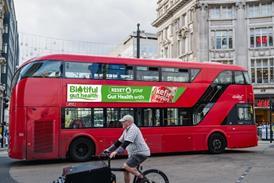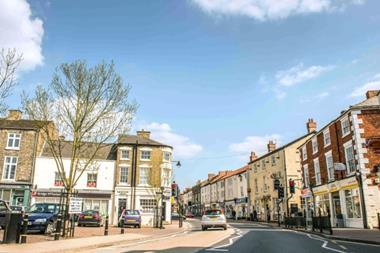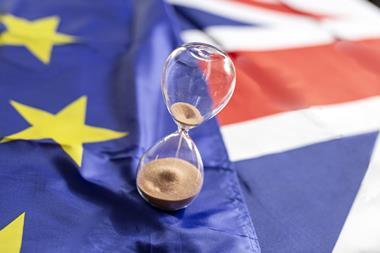The number of vacant shop units in Britain grew marginally ahead of the EU referendum, as retailers and other stakeholders put new store openings and developments on ice.
According to new Local Data Company (LDC) figures, the shop vacancy rate hit 12.4% in July up from 12.3% in June.
The change was driven by a fall in the number of new units in July of -3.5% and a 44% drop in the number of vacant units getting new occupiers.
Overall activity levels were also down -46% in July 2016 compared to 12 months ago.
The town centre vacancy rate increased by +0.1% in July when compared to June, to 10.8%.
In the last 12 months, the vacancy rate dropped by -0.5% from 11.3% in July 2015.
Matthew Hopkinson, director at the LDC said: “July’s numbers are significant when you look at the 12 month view and see what impact the political and consumer volatility has had over the last two months. The net result has been a freeze in normal activity levels which are mirrored in many other areas of the economy.”
However, he added, the July increase was “not significant” when examined in context of the 2012 vacancy rate peak of 14.6%.
“The UK high street is evolving and does not require saving. What it desperately needs is to be understood and have clarity as to what is the most relevant purpose and role for the location, demographic and local economy it serves.
“Be it Blackburn, Burford or Banbury, they are all very different and at different stages in their evolution. The digital age has accelerated the changes and made the need to understand change at a local level more important than at any time in the history of our retail places,” Hopkinson added.






















No comments yet